Cadillac was the premium brand for most North Americans as the 1970s dawned, with very strong sales and an ironclad reputation for quality. Then gas got expensive, marketing took precedence over engineering across Detroit, sales of smaller European luxury cars grew, and the Cadillac Division decided to create a smaller car, based on the compact Chevrolet Nova and powered by an Oldsmobile V8. Thus was the Seville born, and the damage it did to Cadillac prestige took decades to undo. Here's a first-model-year Seville in a San Francisco Bay Area wrecking yard.
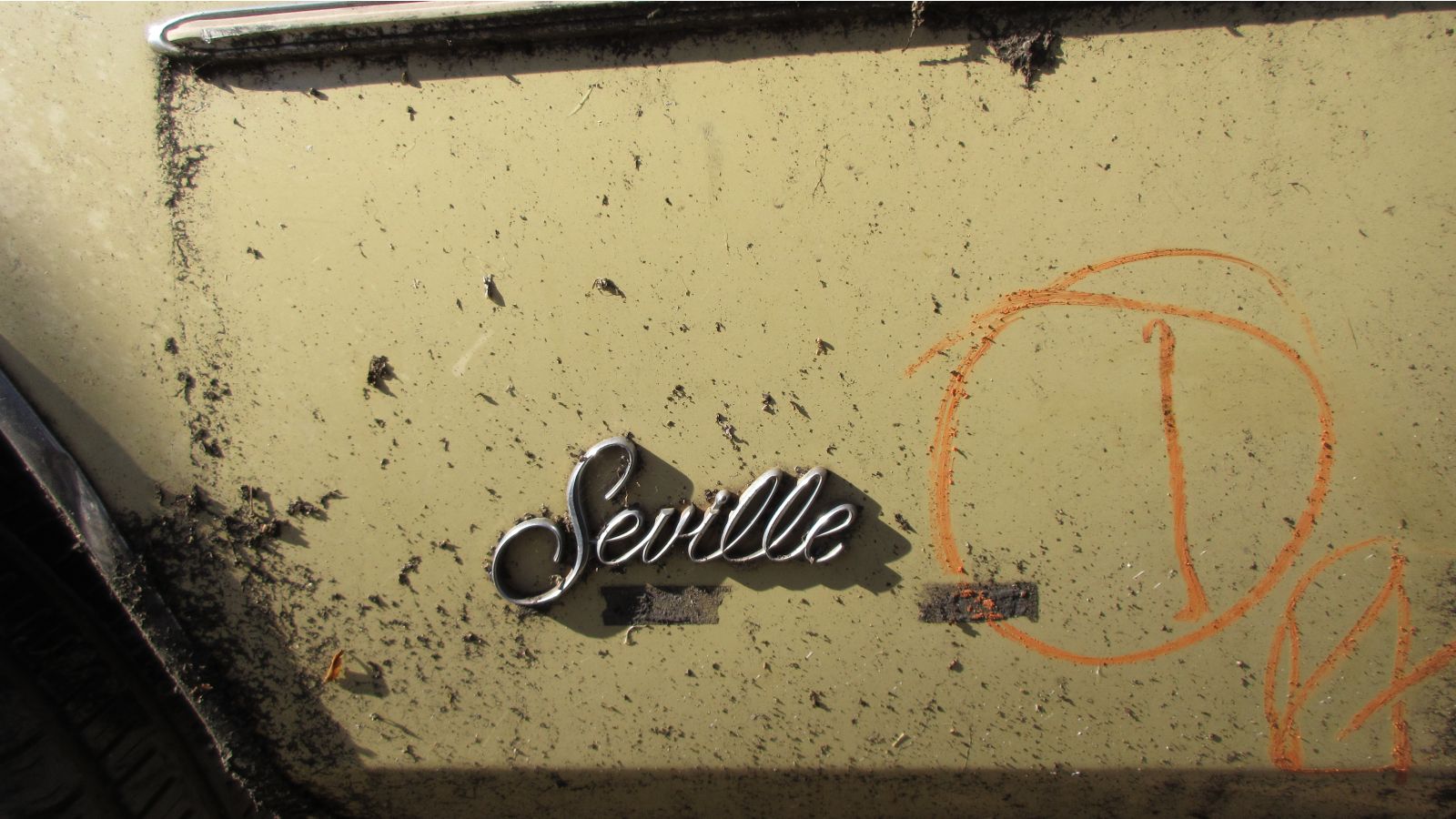
The 1976 Seville cost plenty, more than any Cadillac model except for the Fleetwood Seventy-Five. Its $12,479 price tag (about $56,500 in 2018 dollars) was fully triple that of the top-of-the-line Chevy Nova: $4,134 for a Nova Concours hatchback. Meanwhile, a new Mercedes-Benz 280S (the predecessor to today's E-Class) listed at $15,057 that year.
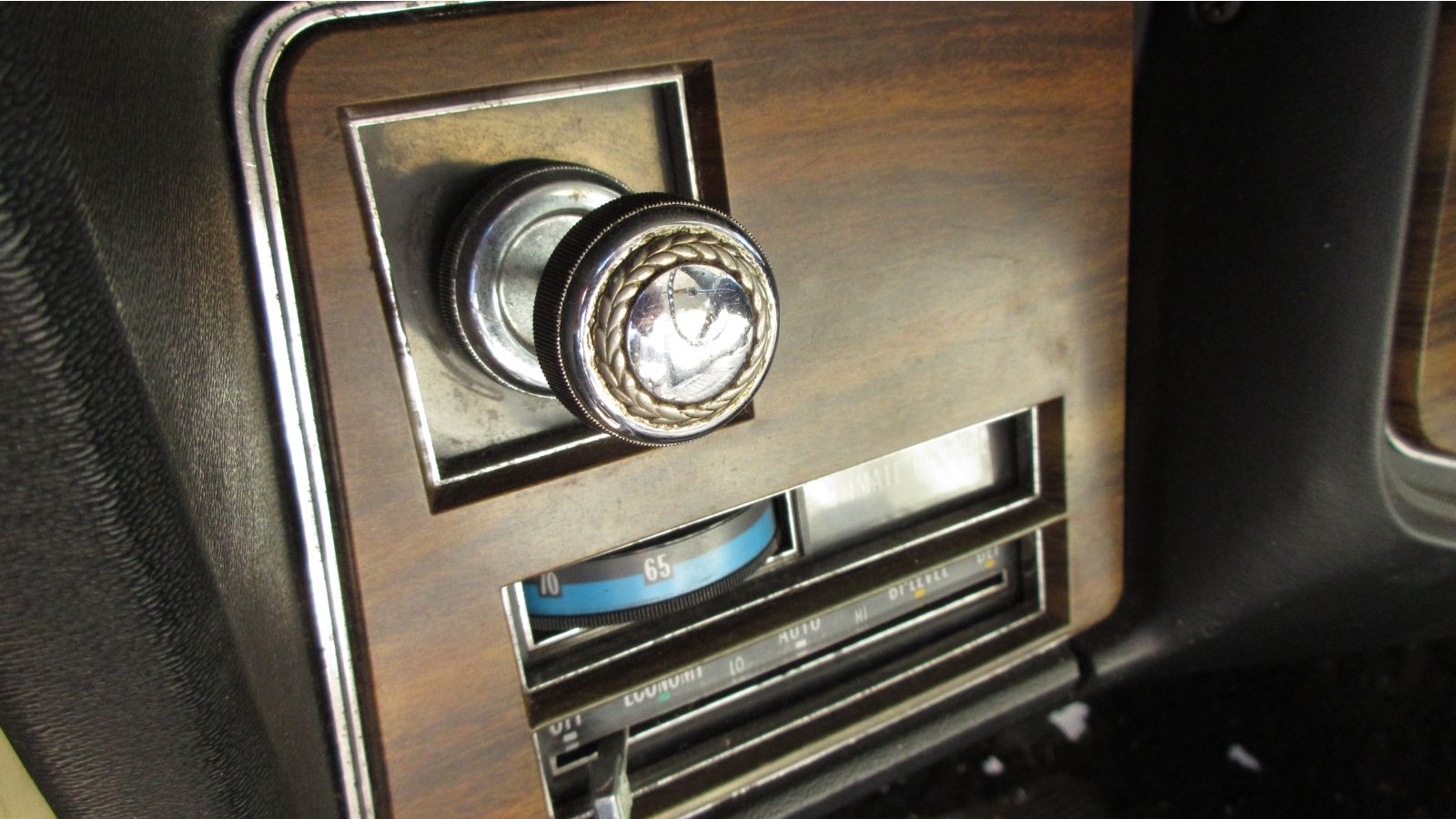
The Seville came with luxury options no Nova owner even imagined, such as thermostat-controlled HVAC and Cadillac crests on the dash switches. The fake wood, however, seemed quite Nova-ish.
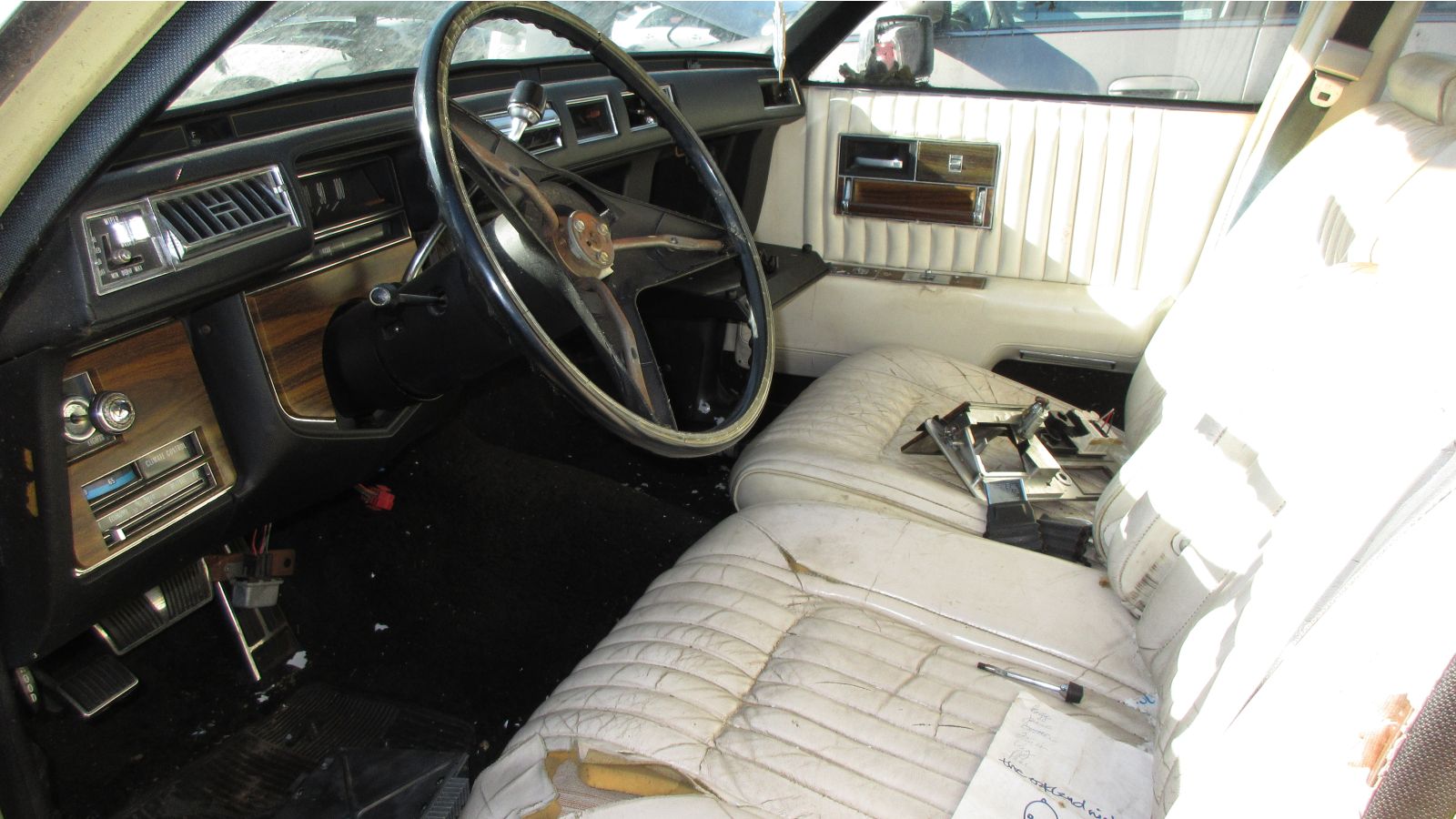
Still, these cars were quite comfortable, though you had to pay extra for genuine leather interior. I used to daily-drive a 1976 Nova, and the ride wasn't too bad; the Seville had extra subframe mounts and much higher attention to build quality. It didn't ride as nicely as a 1976 Sedan DeVille, but few cars did.
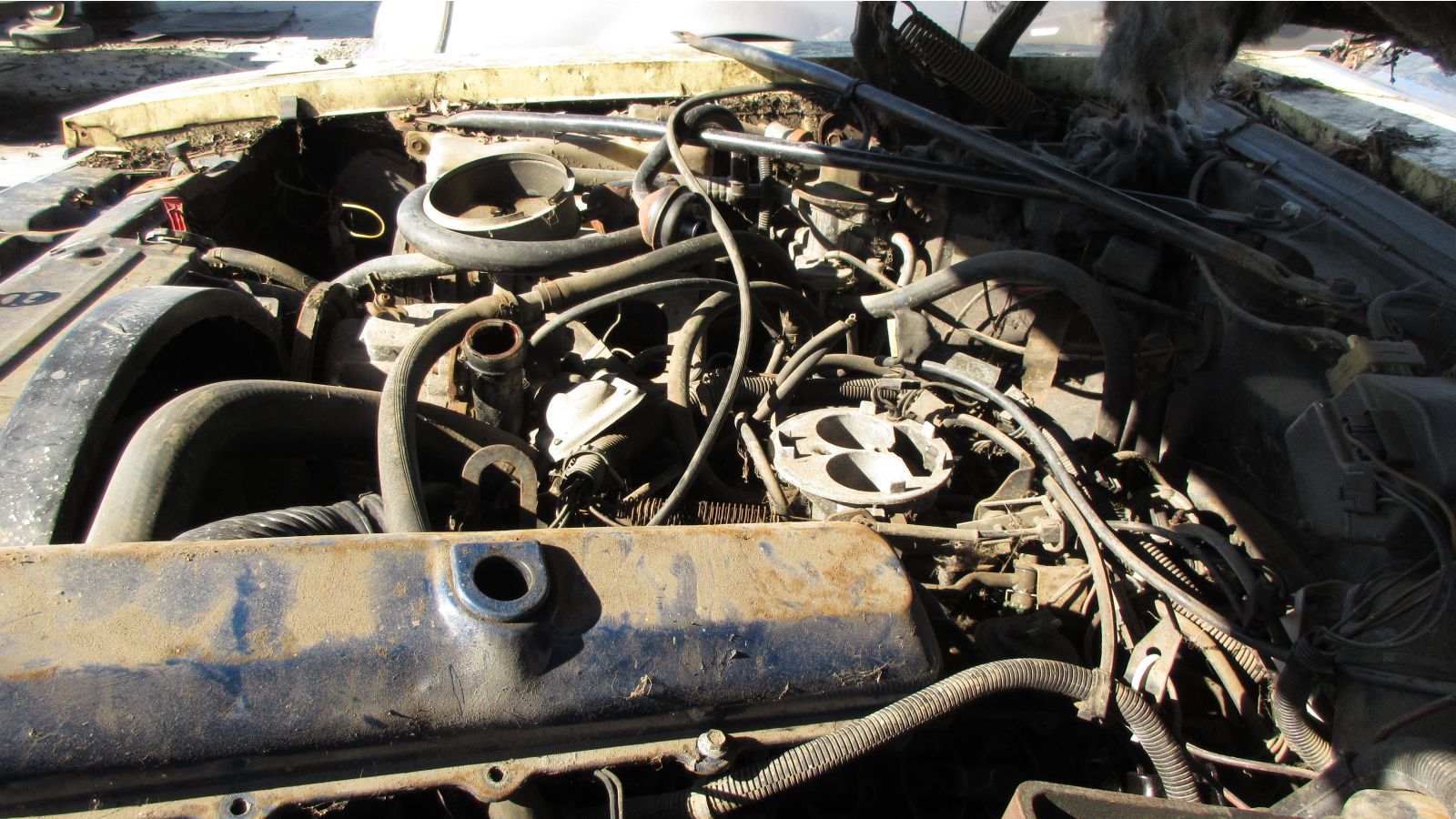
Starting in 1978, a miserable Oldsmobile diesel V8 was an option, but the only engine available in the '76 Seville was this fuel-injected 350-cubic-inch Oldsmobile gasoline V8 rated at 180 horsepower. Naturally, no manual transmission was available.
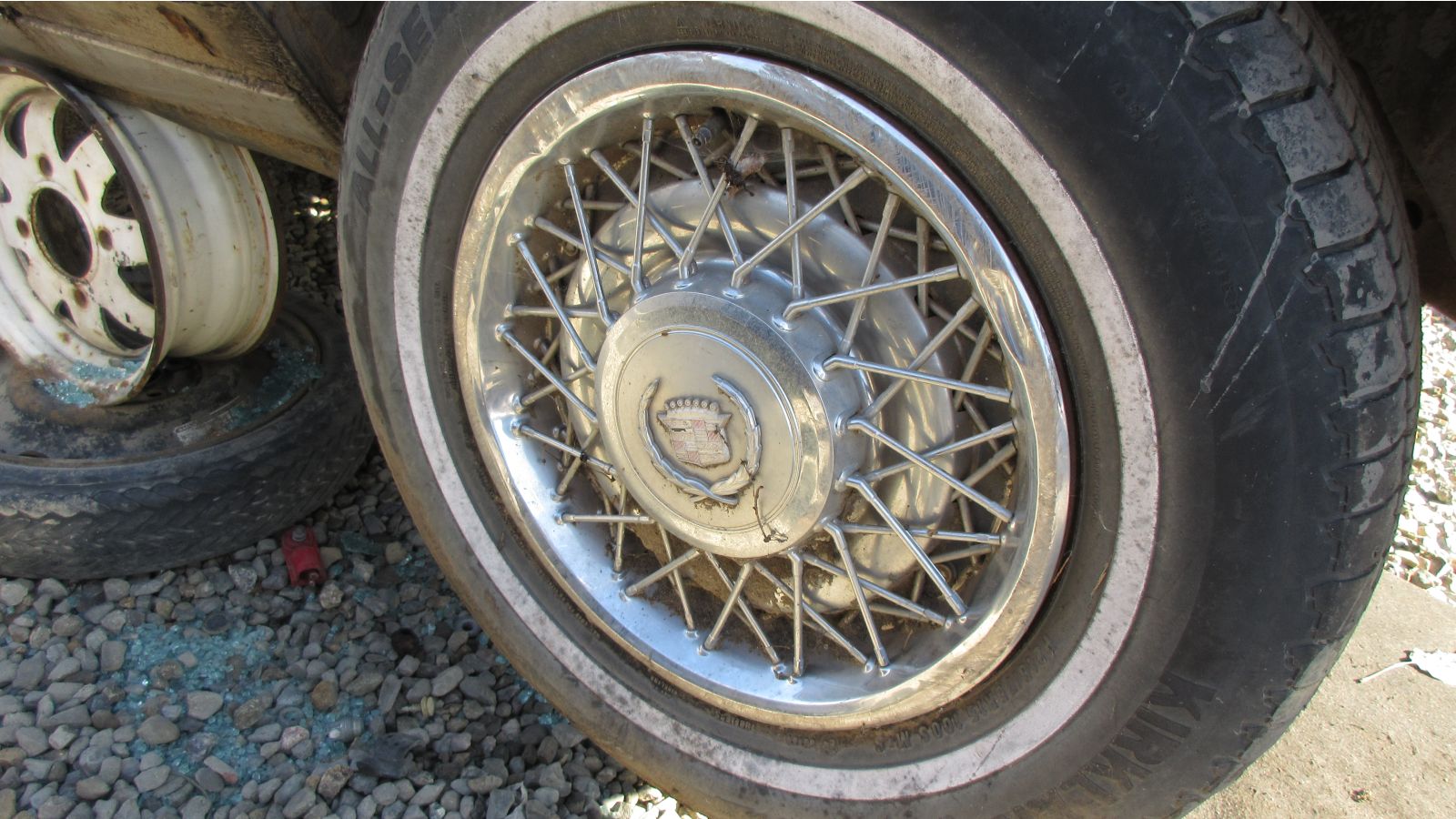
The less said about "wire wheel" hubcaps, the better. At least it's not a Cimarron.
Here's a dealership film showing some of the engineering marvels in the new Cadillac.

The 1976 Seville cost plenty, more than any Cadillac model except for the Fleetwood Seventy-Five. Its $12,479 price tag (about $56,500 in 2018 dollars) was fully triple that of the top-of-the-line Chevy Nova: $4,134 for a Nova Concours hatchback. Meanwhile, a new Mercedes-Benz 280S (the predecessor to today's E-Class) listed at $15,057 that year.

The Seville came with luxury options no Nova owner even imagined, such as thermostat-controlled HVAC and Cadillac crests on the dash switches. The fake wood, however, seemed quite Nova-ish.

Still, these cars were quite comfortable, though you had to pay extra for genuine leather interior. I used to daily-drive a 1976 Nova, and the ride wasn't too bad; the Seville had extra subframe mounts and much higher attention to build quality. It didn't ride as nicely as a 1976 Sedan DeVille, but few cars did.

Starting in 1978, a miserable Oldsmobile diesel V8 was an option, but the only engine available in the '76 Seville was this fuel-injected 350-cubic-inch Oldsmobile gasoline V8 rated at 180 horsepower. Naturally, no manual transmission was available.

The less said about "wire wheel" hubcaps, the better. At least it's not a Cimarron.
Here's a dealership film showing some of the engineering marvels in the new Cadillac.










Sign in to post
Please sign in to leave a comment.
Continue